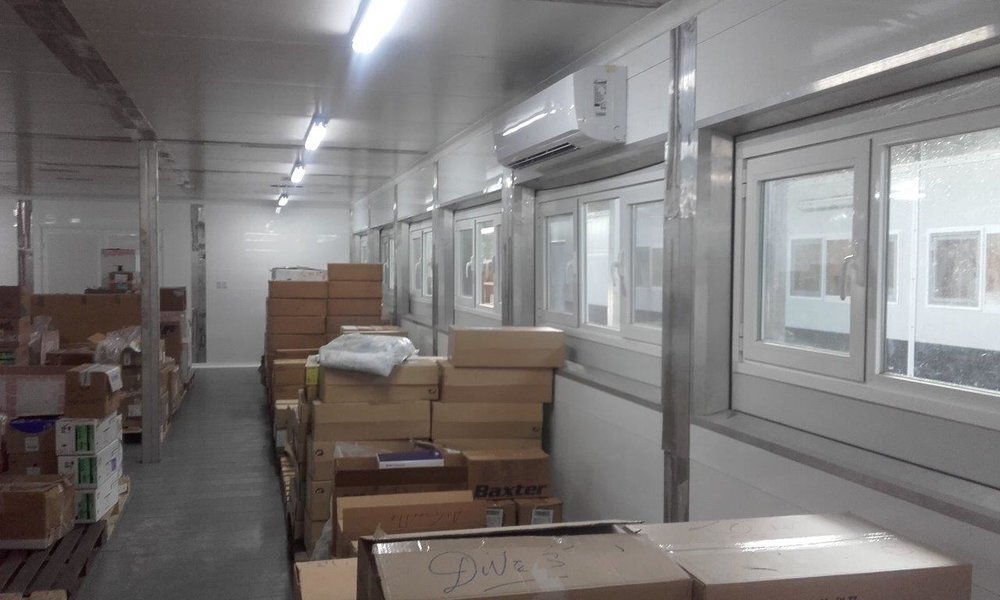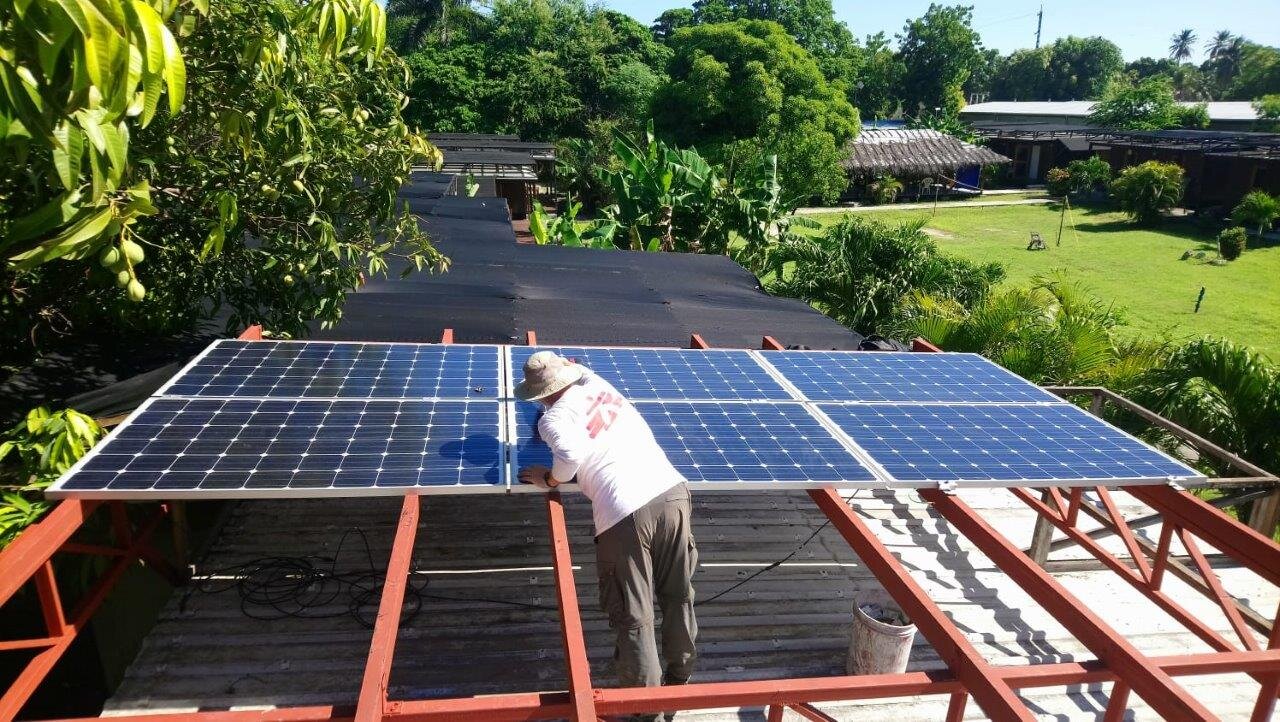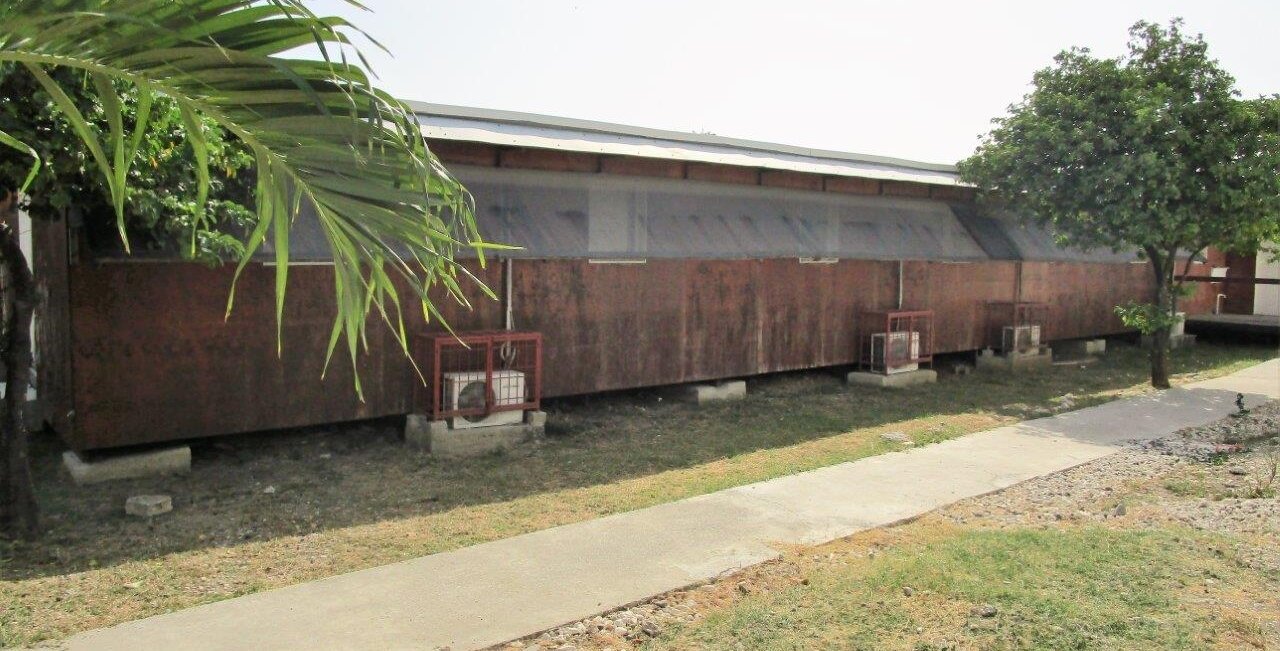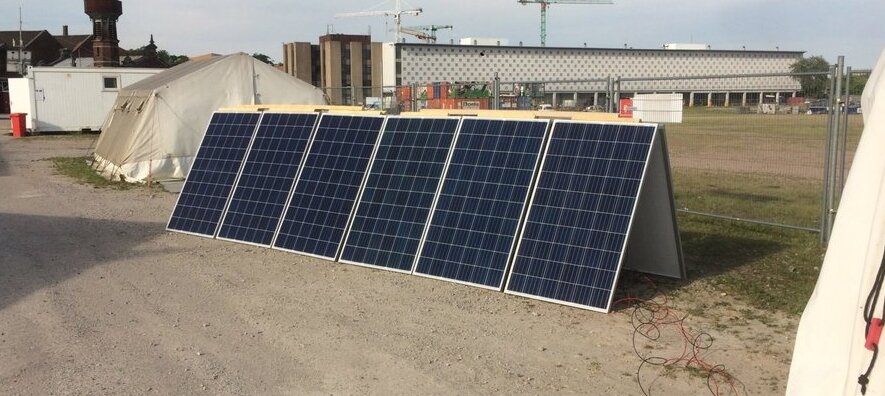Solar Air Conditioning
Aim
One of the largest drivers of fuel consumption within MSF field operations is air conditioning (AC). AC is essential where medical needs call for controlled temperatures in pharmacies, operating theaters and laboratories. In addition, AC in offices and residences provides better staff working conditions. Energy referents in the Energy Working Group conservatively estimate current AC fuel consumption at 35% of MSF’s total fuel use (varies between 35% and 50% depending on the OC). Usage of AC is predicted to increase considerably the coming years as we aim to improve our facilities for both patients and staff alike.
In addition to the strategic patient/field worker care, cost, efficiency, operational, autonomy and environmental benefits, this proposal can test a concrete and relevant energy component that would set a clear direction in our ambition to become more sustainable and reduce our carbon emission/ecological footprint in a very practical way. All Energy referents have supported this effort, which resulted in a project funded by the Transformational Investment Capacity (TIC), hosted by OCP.
The overall objective is to identify what are the potential solar AC solutions and systems that could be used in MSF operations with the aim to reduce costs, make operations more autonomous as well as reduce the carbon footprint of our projects and MSF in general.
Status
INITIATION
Within the first part of this phase of the project (Phase 1 of 3), the focus will be on scoping and needs assessment. The work will be carried out through workshops, interviews, questionnaires, field visits, examining needs, requirements and use cases as well as market research.
DEVELOPMENT
Phase 1 includes field project installation and testing of off-the-shelf solutions and products. Based on the outcome of these tests and further market research, the needs for specific development of equipment to cover all prioritized use case scenarios, will be identified. A second phase of the project is therefore foreseen if such development issues are identified.
IMPLEMENTATION
For suitable available solution, a phase 3 will disseminate the in-depth information on the product and project to maximize the potential gains of the outcome (including defined partnership models, business models and legal aspects). Solutions will be further tested in field pilots and improved before scaling up and roll-out.
Stakeholders
Operational Centre Paris (OCP), Case Owner
MSF Sweden Innovation Unit, Case Manager
Funding
TRANSFORMATIONAL INVESTMENT CAPACITY
Contact
PER-ERIK ERIKSSON, Case Manager, MSF Sweden Innovation Unit
Resources
SOLAR AIR CONDITIONING -Using the sun for cooling in MSF field projects
Solar Air Conditioning Tool
The Solar AC project’s 2018/2019 pilot in Haiti served as a proof-of-concept study, providing strong evidence that solar-powered AC solutions in remote off-grid locations can reduce dependency on generators for community facilities with no battery storage requirement, thereby helping to reduce both carbon emissions and costs.
Identifying innovative solutions to pressing problems is the first critical step in any change process, but meaningful and lasting change can only occur when these solutions are operationalized and adopted at scale. This is where the Solar Air Conditioning Tool comes into play.
The pilot in Haiti faced some initial uptake challenges. To speed up scaling, dissemination and overall usage of the project’s direct solar and hybrid AC solution, the MSF Sweden Innovation Unit, and MSF France (OCP) teamed up with Arup to develop the Solar AC Tool in autumn 2020 in close interaction and guidance from MSFs wider network of energy specialists. The modelling tool provides a high-level visibility assessment for installing solar-powered AC systems with the aim of promoting the use of solar energy both in MSF field operations and other contexts where AC is necessary. Further, the tool supports data-driven decision-making on how, when, and where solar power solutions should be used for maximum return on investment.
For more information about the Solar AC Tool, jump in and explore it here, or check out the 3.5-minute summary below.






